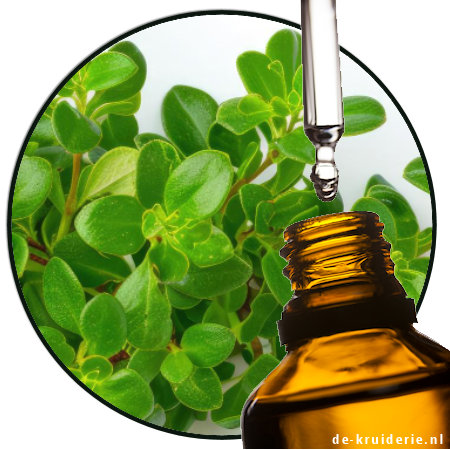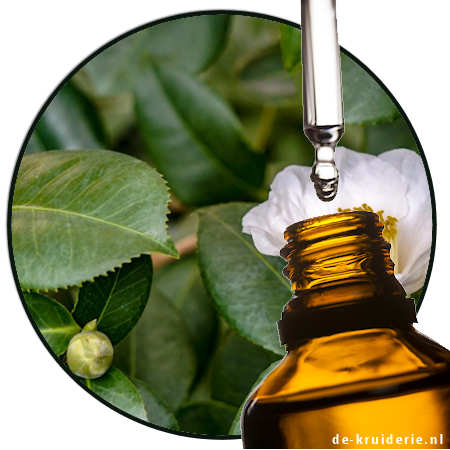

Dimetol™ (Givaudan) AC
Fragrance : a unique sparkling fragrance with a fresh and natural character.
Fragrance group : spicy
Fragrance strength : medium
Fragrance duration : up to 12 hours on fragrance strip
Recommended dosage: 0.5 to 5%
CAS : 13254-34-7
EINECS : 236-244-1
Dimetol™, produced by Givaudan, is a fragrance with a fresh, natural character that is very useful in citrus, lavender, floral, woody and tobacco compositions. It has a unique and sparkling scent that is particularly successful in men’s fragrances. Dimetol™ is very stable, and is often used to blend woody and spicy accords with cologne notes.


1st Class Quality Products
All fragrances are selected with care
Delivery from stock
We supply everything from our own stock, unless otherwise stated on the product itself.
Synonyms:
– Floretol
– Freesia heptanol
– Freesiol
– Lolitol (IFF)
– 2,6-dimethylheptan-2-ol
– dimethyl heptanol
– Lanmetol
Dimetol™ is a versatile fragrance widely used in perfumery for its fresh, natural character.
Here are some of the ways it is used in perfumes:
Top Notes : Dimetol™ is often used as a top note in perfumes to create a fresh, citrusy and floral scent. It pairs well with other citrus and floral notes.
Heart Notes : It can also be used in the heart of the fragrance to add a soft and refined note that complements floral and woody heart notes.
Blending : Dimetol™ blends well with other fruity, floral and woody scents such as lavender, bergamot, rose and jasmine. It can be used to create a harmonious and balanced fragrance composition.
Enhancement of the scent : This fragrance is often used to enhance the overall freshness and vibrancy of a perfume.
Dimetol™ is particularly effective in creating fresh, citrusy and floral fragrance profiles and is often combined with other citrus and floral notes to create vibrant, energetic perfume compositions.
It is synthesized from 6-methyl-5-hepten-2-one and methylmagnesium chloride by a Grignard reaction*, followed by hydrogenation.
* A Grignard reaction is an organic chemical reaction in which a Grignard reagent reacts with an electrophile, usually a carbonyl compound, to form an alcohol. Grignard reagents are organomagnesium compounds with the general formula RMgX, where R is an alkyl or aryl group and X is a halide (such as chloride, bromide, or iodide).
The Grignard reaction is a powerful method in organic synthesis and is widely used to build complex molecules.









